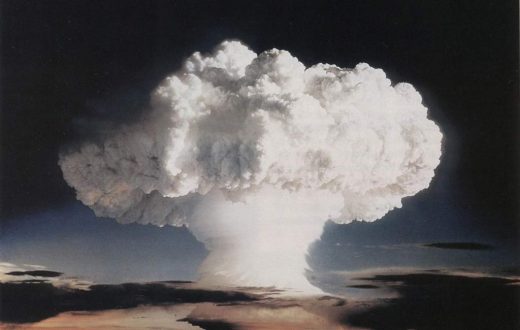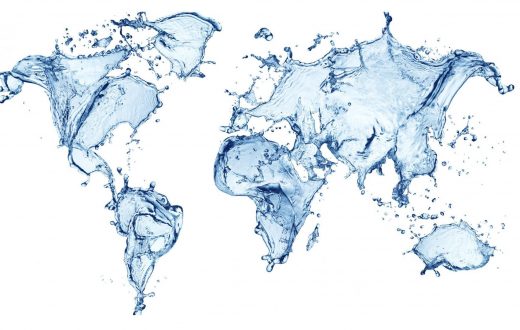How to use the Ilulissat Declaration as inspiration to desecuritize future policy issues in the Arctic region
Preventing an Arctic cold war
By: Rosa Sejer Ingstrup Knudsen
Purpose:
Today, the Ilulissat Declaration remains the modus vivendi for securing peace between the arctic states. The Ilulissat Declaration succeeded in moving the policy issue of arctic-sovereignty from a question of state security over to “normal politics” i.e. over to the part of politics that deals with law, environmental protection and geo-science.
Because of that, the aim of this article is to use the experiences from the said declaration to develop a set of recommendations that can be used to prevent future attempts to securitize parts of the Arctic region.
Background:
During the Cold War, the Arctic region became a key strategic military location and was subject to military build-up and securitization. There was some unsuccessful desecuritization attempts such as the nuclear weapon free-zone proposal from the former Prime Minister Odvar Nordli in 1980.
Seven years later former President Mikhail Gorbachev held his famous Murmansk speech suggesting a demilitarization of the area. This speech was later sought as a desecuritization act paving the way for “normal politics”.
The Making of the Ilulissat Declaration:
One of the biggest contributors to the likelihood of a securitization was the infamous underwater planting of the Russian flag on the North Pole in 2007.
The Russian-flag incident exemplifies the dangers of having countries claiming sovereignty over the Arctic.
Because of this development, the former Danish Foreign Minister, Per Stig Møller invited the ”Arctic 5” (Canada, USA, Russia, Norway and Denmark) to a meeting in Ilulissat to discuss the potential conflict scenarios in the Arctic.
The meeting later resulted in a declaration that created a legal framework for navigating between sovereignty rights, environmental protection, freedom of navigation and so on.
The rationale behind the Ilulissat declaration:
The Ilulissat Declaration from 2008 was signed by the Arctic five and can be seen as a pre-emptive desecuritization act as a response to the increasing militarization of the Arctic region. The Arctic five agreed to prevent a securitized Arctic scenario and to deal with future issues of sovereignty/maritime safety in a normal political manner.
This would be done by cooperating when it comes to the allocation of sovereign rights in the Arctic Ocean. The said declaration’s aim was to emphasize that science and international law should determine the delineation of the Arctic Ocean, not to highlight an arms race and great power competition.
The Current Situation:
Today, there is still a global interest in the region, which has been increased over the past couple of years due to climate change. Climate change means easier access to the region and new shipping lanes can be opened and there has been a rising interest in economic exploitation of different resources such as oil and gas that exists in the Arctic underground.
Several countries have arctic strategies and renewed their military capabilities. This has caused new controversies and challenges for a possible re-emergence of a securitization of the Arctic region.
Please go to part II of this article to read about the four recommendations on how to use the Ilulissat Declaration as inspiration to desecuritize future policy issues in the Arctic region.








